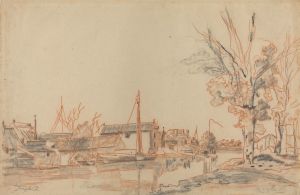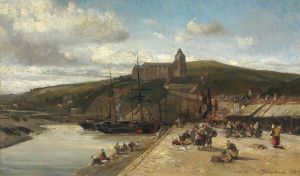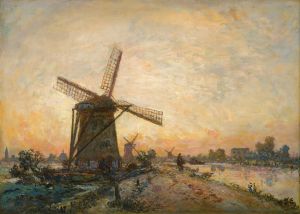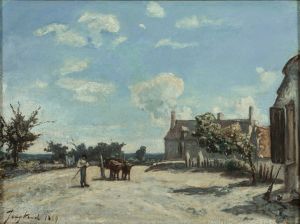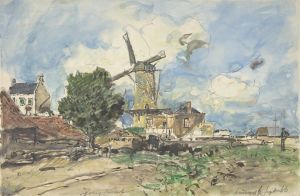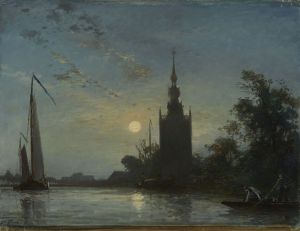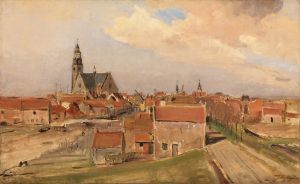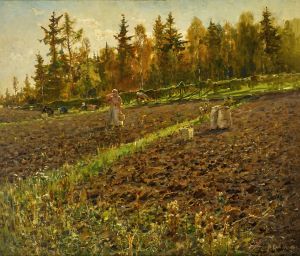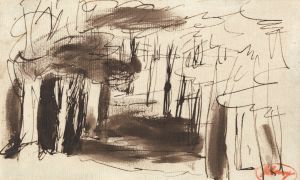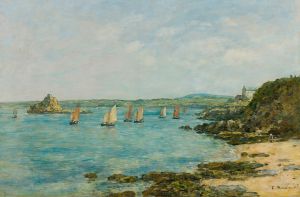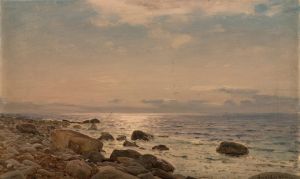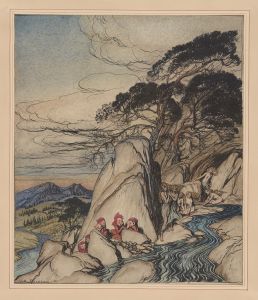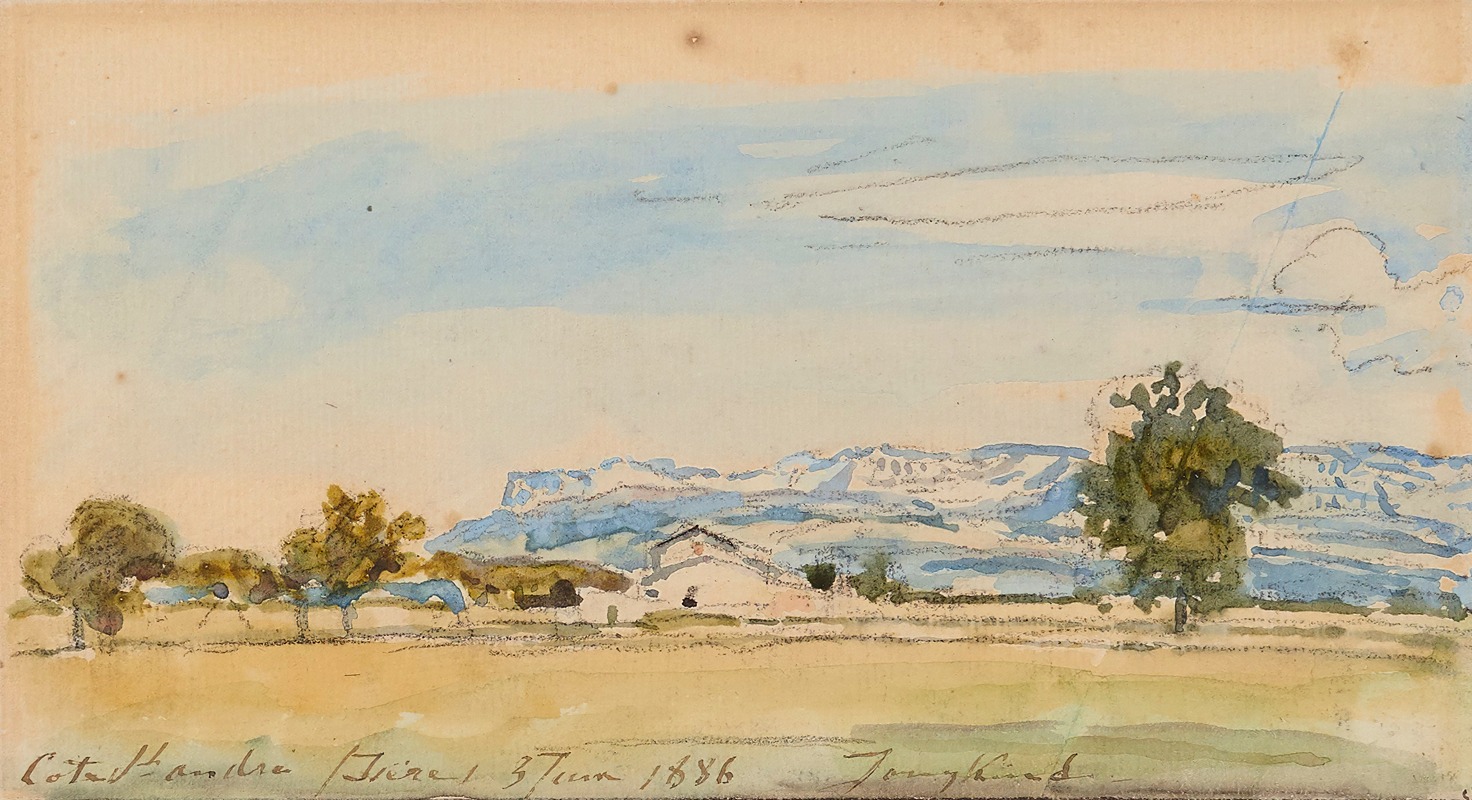
Paysage à la Côte Saint-André
A hand-painted replica of Johan Barthold Jongkind’s masterpiece Paysage à la Côte Saint-André, meticulously crafted by professional artists to capture the true essence of the original. Each piece is created with museum-quality canvas and rare mineral pigments, carefully painted by experienced artists with delicate brushstrokes and rich, layered colors to perfectly recreate the texture of the original artwork. Unlike machine-printed reproductions, this hand-painted version brings the painting to life, infused with the artist’s emotions and skill in every stroke. Whether for personal collection or home decoration, it instantly elevates the artistic atmosphere of any space.
Johan Barthold Jongkind, a Dutch painter and printmaker, is widely recognized for his contributions to the development of Impressionism. His painting "Paysage à la Côte Saint-André" is an example of his landscape work, which often depicted serene rural scenes and natural settings. This particular painting showcases Jongkind's characteristic style, which combines a keen observation of nature with a loose, expressive brushwork that influenced many later Impressionist painters.
Jongkind was born in 1819 in the Netherlands and later moved to France, where he spent much of his career. He was known for his ability to capture light and atmosphere, often painting en plein air to directly observe and interpret the landscapes around him. His works frequently featured rivers, canals, and countryside scenes, and he had a particular talent for depicting the interplay of light and water.
"Paysage à la Côte Saint-André" is believed to have been painted during one of Jongkind's travels in France. La Côte-Saint-André is a small town in the Isère department in southeastern France, known for its picturesque landscapes. The painting reflects Jongkind's fascination with rural France and his ability to render its tranquil beauty. The composition likely includes elements such as rolling hills, trees, and perhaps a water feature, though specific details about the painting's imagery are not widely documented.
Jongkind's technique in this work, as in many of his other paintings, demonstrates his mastery of color and light. He often used a muted palette with subtle variations to create depth and atmosphere. His brushstrokes were fluid and dynamic, lending a sense of immediacy and vitality to his landscapes. These qualities made his work stand out during his time and earned him the admiration of artists such as Claude Monet, who credited Jongkind as a significant influence on his own artistic development.
While "Paysage à la Côte Saint-André" is not as widely known as some of Jongkind's other works, it remains an important example of his contribution to 19th-century landscape painting. The painting exemplifies his ability to capture the essence of a place with simplicity and elegance, qualities that continue to resonate with viewers today.
Further details about the painting, such as its current location or the exact year of its creation, are not readily available in public records. However, it remains a testament to Jongkind's skill and his role in bridging the gap between the Romantic landscape tradition and the emerging Impressionist movement.






